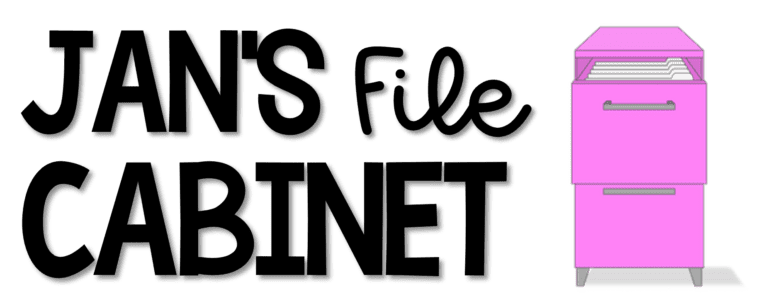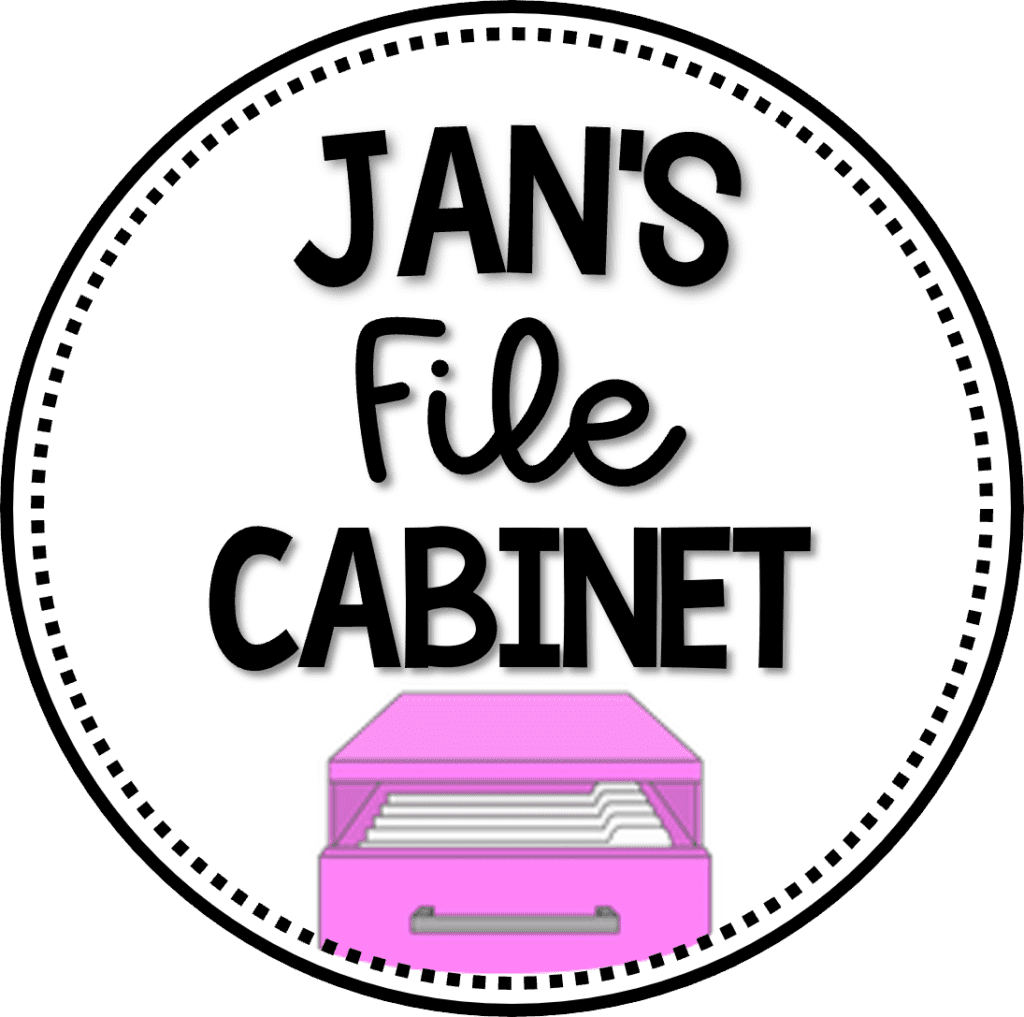How we communicate with our intermediate and middle school students on a daily basis can have a significant impact on their ability to develop a growth mindset.
Optimistic, goal-oriented, willing, persistent, resilient… These are words we would use to describe someone with a growth mindset.
A popular term in education in recent years, growth mindset refers to our beliefs about our abilities and how they impact our potential for success.
Having this type of mindset can significantly impact development in language arts. Here are two examples to illustrate this:
- Students will be more motivated to persevere even when a text is challenging, which improves their independent reading.
- When it comes to independent writing, students will be more motivated to revise and edit their work, knowing their efforts will improve the final product.
Table of Contents
ToggleWhat happens when we develop a growth mindset vs a fixed mindset?
Learners with a mindset of growth believe that their intelligence can be further developed through effort. As a result, they see learning as an ongoing process that develops as they encounter and tackle life’s obstacles.
On the other hand, learners with a fixed mindset believe that their intelligence is static and unchanging. As a result, they tend to see learning as a way to prove their abilities rather than as a way to develop and grow.

Fortunately, many of our students believe they can achieve, but just as many do not. So why, you might ask, do some students have a fixed mindset?
A few reasons for a fixed mindset include the following:
- Lack of encouragement to take risks and make mistakes
- Feedback that focuses on ability rather than effort
- Negative experiences in school or at home
- Cultural beliefs that abilities are inherent
- Fear of failure
In our classrooms, we have the opportunity to help students overcome these obstacles and develop the belief that they can achieve.
How can I help my students develop a growth mindset?
How we act and speak with students impacts their ability to develop a mindset of growth. There are many ways to have a positive impact, but I have narrowed down the most effective ways.
Six ways teachers can help students develop a growth mindset:
- Use language that demonstrates a growth mindset.
- Build in time for self-evaluation and reflection.
- Reframe challenges as opportunities.
- Celebrate mistakes and corrections.
- Praise effort over intelligence.
- Normalize struggles.
Let’s break these down with some examples of each one.
1. Use language that demonstrates a growth mindset.
We must be aware of our own thinking and language regarding learning if we want to help our learners develop this type of mindset. Do we have a growth mindset ourselves? Are we modeling the language we want them to use in our everyday interactions?
The language of a growth mindset focuses on the positive and emphasizes potential for growth. To clarify, here are some examples of how someone with a fixed mindset might speak as opposed to someone with a growth mindset.

For students to see the value of this language and begin to use it themselves, we must model it and help them incorporate it into their everyday thinking and speech.
2. Build in time for self-evaluation and reflection.
To help our students develop a growth mindset, we must provide time for them to self-evaluate and reflect on their learning. This is how students understand their strengths and needs and determine their progress toward goals.
One way self-evaluation can be built into everyday activities is with exit tickets. An exit ticket is a formative assessment tool that helps students evaluate their skills and understanding of a topic. They are quick checks that should be completed at the end of a lesson or activity within a few minutes.
There are many different types of exit tickets: rating scales, open-ended questions, and short task performances, to name a few. They can be completed on paper, in a Google Form, or on a whiteboard.
Sometimes learners need more guidance when self-evaluating and reflecting. Having one-on-one conferences with students is an excellent way to help them self-evaluate and reflect on their progress. Together, you can analyze their work and behavior and help them set attainable goals.
Another way to help students develop this type of thinking is by having them set and monitor their own SMART goals and action steps. This process allows them to take ownership and invest in their own learning.
3. Reframe challenges as opportunities.
Students are inevitably going to face challenges. If they have a growth mindset, they will see challenges as opportunities and look for the lessons they can learn. If they have a fixed mindset, they will most likely avoid challenges and miss out on opportunities to grow.
But, you might ask, how can we get our students primed to take on challenges?
We can help reframe thinking with the following strategies:
- Flip negative thinking to positive. Instead of asking, “Why doesn’t this work?” Think, “How can I make this work?”
- Zoom out to see the bigger picture and gain some context.
- Break significant challenges down into smaller parts so they aren’t as overwhelming.
- Generate multiple solutions and evaluate the options. Then, choose a few to try.
- Guide students to reflect on what they have learned about themselves from their challenges.
Reframing how a person thinks takes consistent modeling, discussion, and time. Maybe you already incorporate this type of thinking and language into your daily routine, or maybe there needs to be a shift in how the class operates.
4. Celebrate mistakes and corrections.
As already established, learners who develop a growth mindset tend to view mistakes as opportunities for learning. In contrast, learners with a fixed mindset are typically afraid to make mistakes and might even feel ashamed of them.
We must encourage students to embrace their mistakes and even celebrate them. Teaching them to study and fix their errors is “productive failure,” which significantly aids learning.
Ways to celebrate mistakes and corrections in the classroom:
- Intentionally make mistakes in front of the class and use the think-aloud strategy to model the corrections process.
- Ask students to share about their mistakes and how they corrected them. Make sure only to choose those who are comfortable with sharing and arrange this ahead of time.
- Provide students with examples of work with mistakes, correct them together, and point out the skills and strategies they are learning by making the corrections.
- Allow students to make corrections to their tests and assignments. (This one may not fit with your district or building policies, so check with your administration first.)
- Share stories about inventions that resulted from mistakes and people who made achievements despite failures.
Modeling how we correct our mistakes and celebrating the process of working through them shows students how to view mistakes as learning opportunities.

5. Praise effort over intelligence.
If we want students to believe in themselves and their abilities, our feedback must focus on effort and progress rather than intelligence and the end product. Focusing on effort and progress shows our students that there is still an opportunity to learn and grow.
It might be a good idea to record yourself during a lesson or get feedback from a colleague on this one. You might be reinforcing a fixed mindset with your feedback and not even realize it.
Examples of feedback that helps develop a growth mindset:
- Wow, you’re working really hard on _____!
- You are taking your time with _____, and it shows.
- Well, if that didn’t work, try another way. You can do it!
- You’ve come so far with _____. Your efforts are paying off.
- You kept going even though it was difficult. You should be proud of that.
Focusing on effort over intelligence reminds students of all abilities that effort is the main factor in achieving success.
6. Normalize struggle.
Students need to know that everyone struggles. But as adults, we may forget to show this to them. We may even intentionally hide our struggles and mistakes.
But if we want our students to feel that struggling is normal, we can start with ourselves and show them just how normal it is. We can also incorporate natural opportunities for students to struggle and support them as they work through their challenges.
Ways we can normalize struggle:
- Share about your own struggles and use humor when appropriate.
- Read and discuss literature (fiction, nonfiction, poetry) that illustrates struggle.
- Conduct rich, authentic learning activities that provide opportunities for struggle.
- Provide the appropriate amount of scaffolding so the struggle leads to growth.
- Make sure all students have an equal opportunity to struggle.
It’s natural to want to hide our struggles, especially in a teaching position, but when students see us work through a struggle in a positive way, they learn from our methods and begin to feel they can overcome their struggles, too.
Incorporating these methods into your daily interactions will help your learners develop a belief in themselves. While it doesn’t happen instantly, you will begin to see positive changes in their attitudes about struggle and their ability to push through challenges.
The benefits of developing a growth mindset reach far beyond the classroom walls and will help students throughout their lives.
If you don’t want to miss my upcoming blog posts, join my email list. By signing up, you’ll also receive exclusive freebies!



